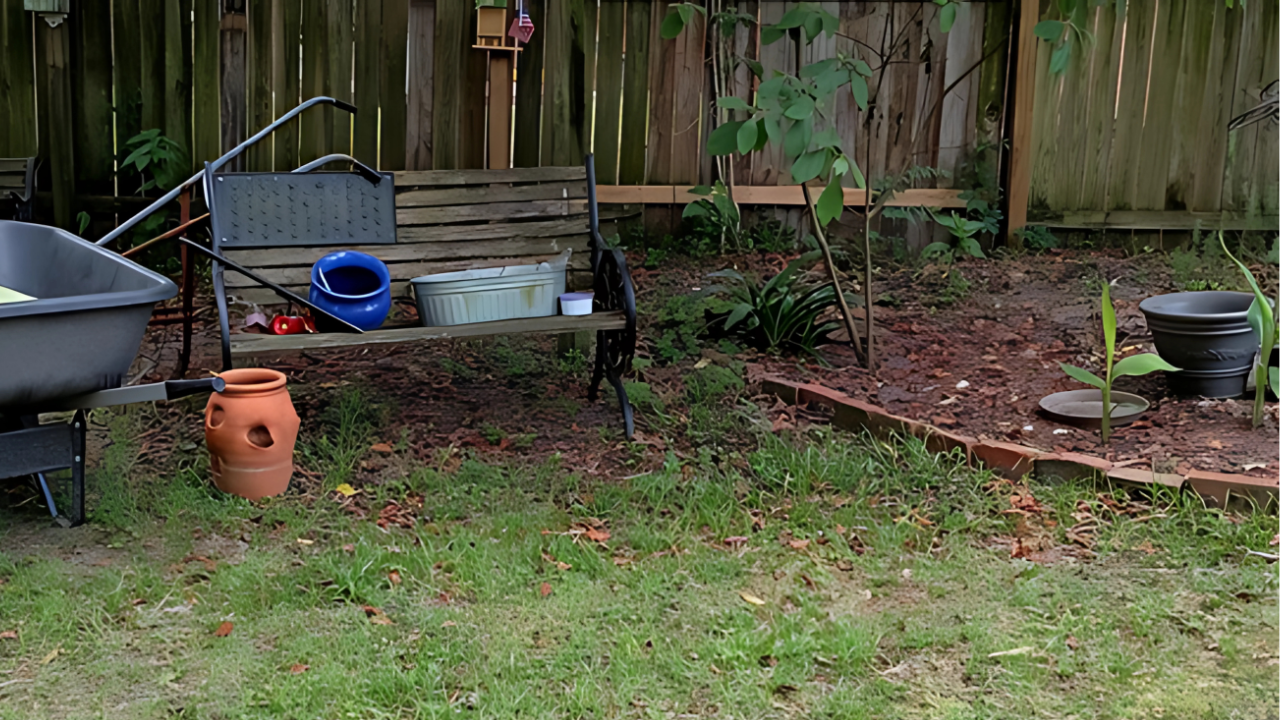Optical illusions have been fascinating humans for centuries, challenging our perception and making us question what we see. Among the most popular types of visual puzzles are those featuring hidden animals, particularly cats that seem to vanish into their surroundings.
These brain-bending images test our visual processing abilities and demonstrate how our minds can be easily tricked. The challenge lies not just in finding the hidden feline, but in understanding why some people spot it immediately while others struggle for minutes.
What Makes Hidden Cat Illusions So Captivating?
Hidden cat optical illusions work by exploiting the way our brain processes visual information. Our minds are constantly trying to make sense of patterns, colors, and shapes in our environment.
When a cat is cleverly camouflaged within an image, it creates a cognitive conflict between what we expect to see and what’s actually there. This mental struggle is what makes these puzzles both frustrating and addictive.
The Science Behind Visual Perception
Our eyes capture millions of pieces of information every second, but our brain only processes a small fraction of this data. The rest gets filtered out through a process called selective attention.
This filtering system helps us focus on important details while ignoring irrelevant background noise. However, it also means we can miss obvious things that are right in front of us, like a perfectly camouflaged cat.
Why Cats Are Perfect for Hidden Object Puzzles
Cats are naturally excellent at camouflage and stealth. Their evolutionary background as both predators and prey has given them remarkable abilities to blend into their surroundings.
Their flexible bodies can contort into unusual shapes, and their fur patterns often match natural textures like tree bark, leaves, or shadows. This makes them ideal subjects for visual deception puzzles.
Types of Hidden Cat Optical Illusions
There are several categories of hidden cat illusions, each presenting unique challenges for puzzle solvers. Understanding these different types can help improve your spotting skills.
Camouflage illusions feature cats that blend seamlessly with their background colors and patterns. These require careful examination of textures and subtle color variations.
Pattern-Based Hiding
Some illusions use complex patterns to conceal cats within busy backgrounds. These might include geometric designs, natural textures, or abstract art where feline shapes are integrated.
The key to solving pattern-based puzzles is to relax your focus and let your peripheral vision scan the entire image. Sometimes stepping back from the screen helps too.
Shadow and Light Tricks
Lighting effects create some of the most challenging hidden cat illusions. Cats can disappear into shadows or become part of light-and-dark patterns that confuse our depth perception.
These illusions often require adjusting your screen brightness or viewing angle to reveal the hidden feline. Sometimes tilting your head or viewing from a distance makes all the difference.
Negative Space Illusions
In these clever puzzles, the cat’s outline is formed by the empty spaces between other objects rather than being a solid shape itself. This type challenges our ability to see shapes in reverse.
Training your eye to notice negative space takes practice, but once you develop this skill, you’ll find hidden objects much more easily in future puzzles.
Tips and Techniques for Spotting Hidden Cats
Developing your observation skills takes time and practice, but there are proven techniques that can dramatically improve your success rate with optical illusions.
The first rule is to avoid rushing through the image. Take your time and systematically scan different sections rather than randomly looking around.
The Grid Method
Divide the image into imaginary sections and examine each area thoroughly before moving to the next. This systematic approach ensures you don’t miss any potential hiding spots.
Start from one corner and work your way across and down, like reading a book. This methodical scanning prevents your eyes from jumping around randomly.
Focus Adjustment Techniques
Try relaxing your focus and letting your eyes go slightly out of focus while looking at the image. This technique often reveals shapes and patterns that are invisible when you’re looking too hard.
Alternatively, try the hard focus method where you examine every tiny detail in the image. Both approaches can be effective depending on the type of illusion.
Distance and Angle Variations
Sometimes the viewing distance makes all the difference in spotting hidden objects. Try moving closer to your screen or stepping further back.
Changing your viewing angle by tilting your head or looking at the image from the side can also reveal hidden cats that are invisible from straight on.
The Psychology of Why Some People Excel at These Puzzles
Individual differences in visual processing explain why some people are natural puzzle solvers while others struggle with the same images.
People with strong spatial reasoning skills often excel at finding hidden objects because they can mentally rotate and manipulate visual information more effectively.
Personality Traits That Help
Patient and methodical people tend to perform better on hidden object puzzles because they’re willing to spend time examining all parts of an image systematically.
Those with attention to detail naturally spot subtle differences in patterns, colors, and textures that reveal camouflaged cats.
Practice Makes Perfect
Like any skill, finding hidden objects gets easier with regular practice. Your brain literally rewires itself to become better at processing visual information and recognizing patterns.
People who regularly engage with optical illusions develop enhanced visual processing abilities that transfer to other areas of life, including driving safety and sports performance.
Cultural Impact of Hidden Cat Puzzles
These visual challenges have become a global phenomenon, spreading across social media platforms and bringing people together through shared puzzle-solving experiences.
The popularity of hidden cat illusions reflects our universal human desire for mental challenges and the satisfaction that comes from solving difficult problems.
Social Media Viral Trends
Viral optical illusions often generate millions of views and thousands of comments as people debate what they can or cannot see in the images.
These puzzles create natural conversation starters and provide a harmless way for people to compete and challenge each other online.
Educational Benefits
Teachers and educators increasingly use hidden object puzzles to help students develop observation skills and visual processing abilities.
These exercises can improve concentration, patience, and analytical thinking while providing an enjoyable learning experience that doesn’t feel like traditional studying.
Creating Your Own Hidden Cat Illusions
Understanding how these puzzles work can inspire you to create your own optical illusions featuring hidden cats or other objects.
The key is finding the right balance between making the hidden object challenging but not impossible to find.
Photography Techniques
Good hidden cat photos often result from natural circumstances where cats position themselves in naturally camouflaged locations.
Patient photographers can capture amazing images by waiting for the right moment when lighting, positioning, and background elements align perfectly.
Digital Art Approaches
Digital artists can create sophisticated hidden object puzzles by layering images, adjusting transparency, and carefully matching colors and patterns.
These artificially created illusions can be even more challenging than natural photographs because every element can be precisely controlled.
Frequently Asked Questions
Q: How long should I spend looking for a hidden cat in an optical illusion? A: Most people find hidden objects within 30 seconds to 2 minutes. If you’re struggling beyond 5 minutes, try taking a break and returning with fresh eyes.
Q: Why can some people spot hidden cats immediately while others never see them? A: Individual differences in visual processing, attention to detail, and spatial reasoning skills all contribute to puzzle-solving ability.
Q: Do hidden object puzzles improve your eyesight? A: While they don’t improve vision itself, they can enhance visual processing skills and attention to detail.
Q: Are there tricks to get better at spotting hidden objects? A: Yes! Practice systematic scanning, try different viewing distances, and learn to relax your focus while examining images.
Q: Why do optical illusions work differently on different people? A: Everyone’s brain processes visual information slightly differently based on genetics, experience, and individual neural patterns.
Q: Can children do hidden cat puzzles? A: Absolutely! These puzzles are great for developing observation skills and patience in children of all ages.
Q: What’s the hardest type of hidden cat illusion to solve? A: Negative space illusions and shadow-based puzzles tend to be the most challenging for most people.
Q: Do hidden object puzzles have any health benefits? A: They can help maintain cognitive function, improve concentration, and provide stress relief through focused attention.

